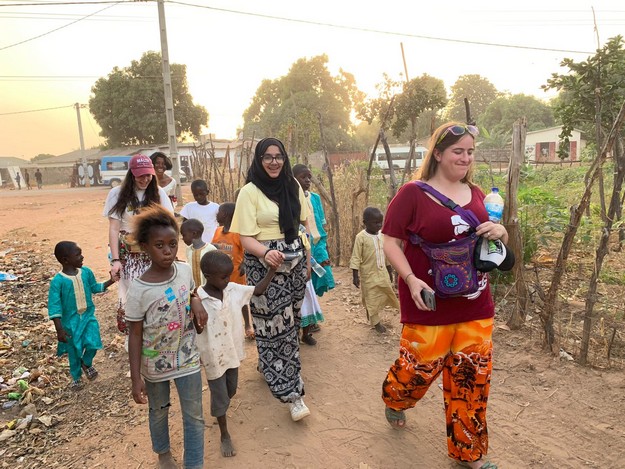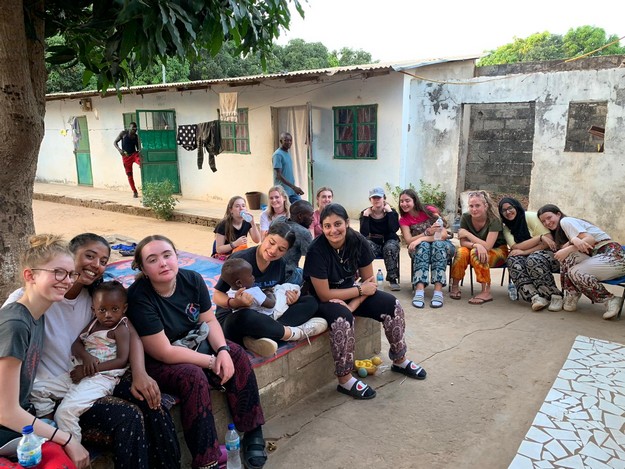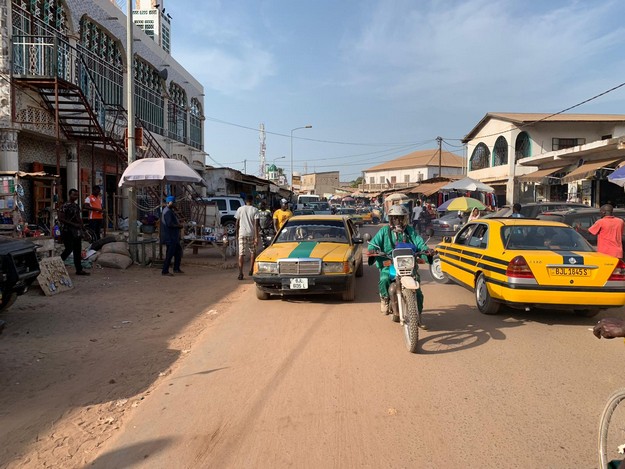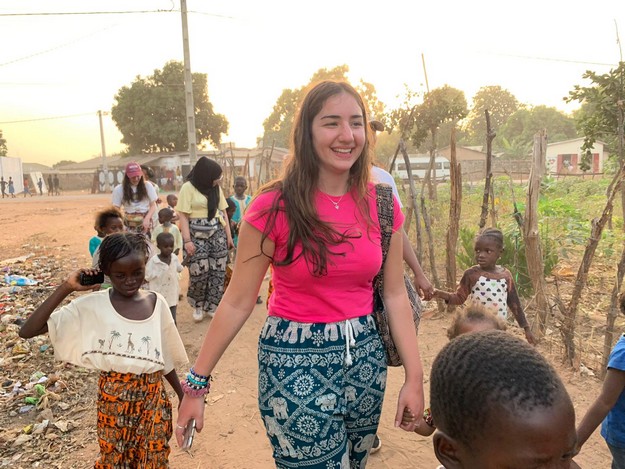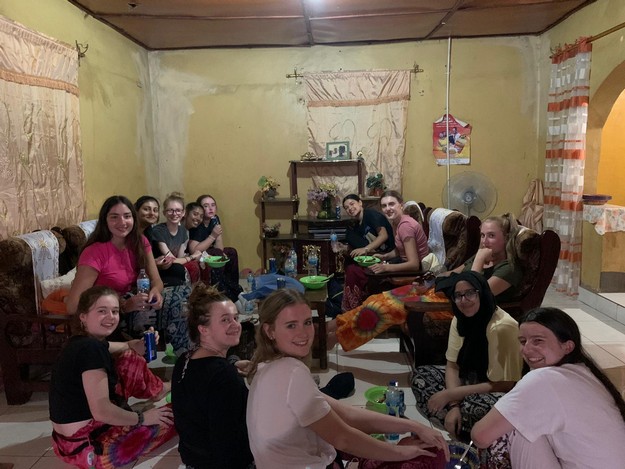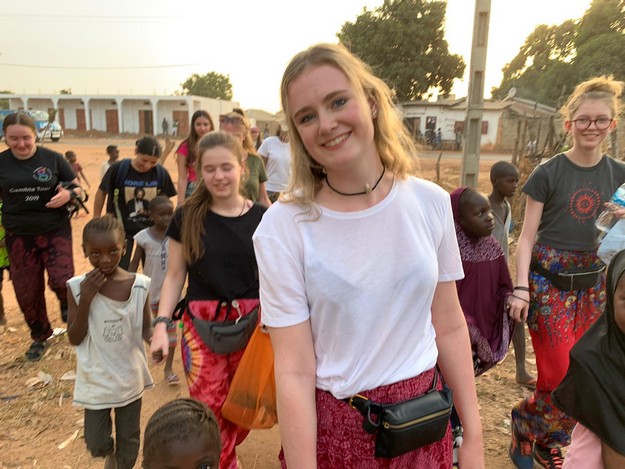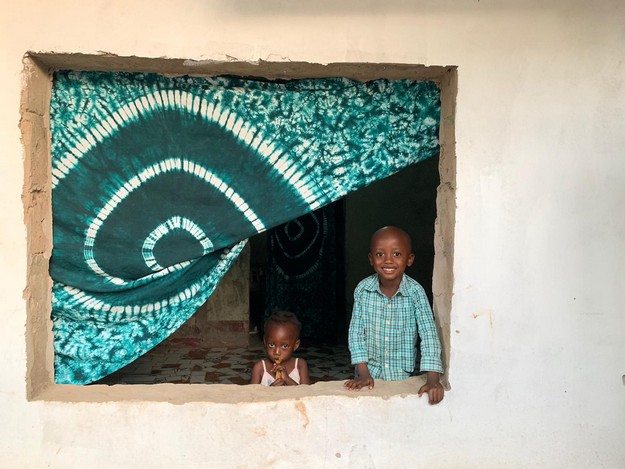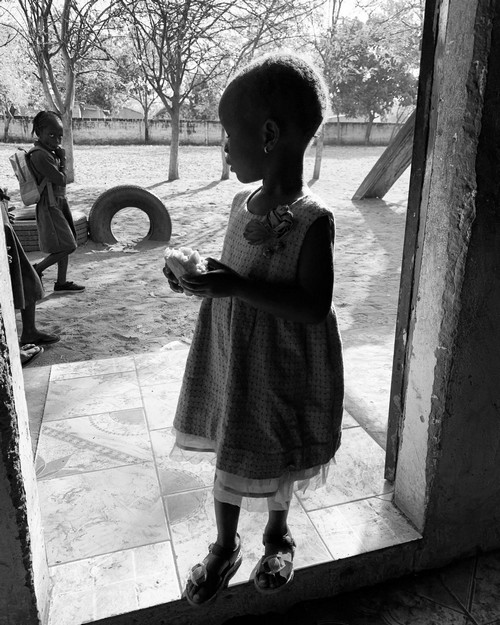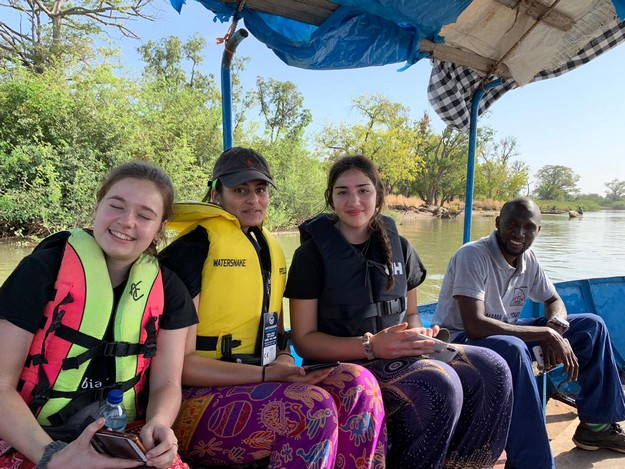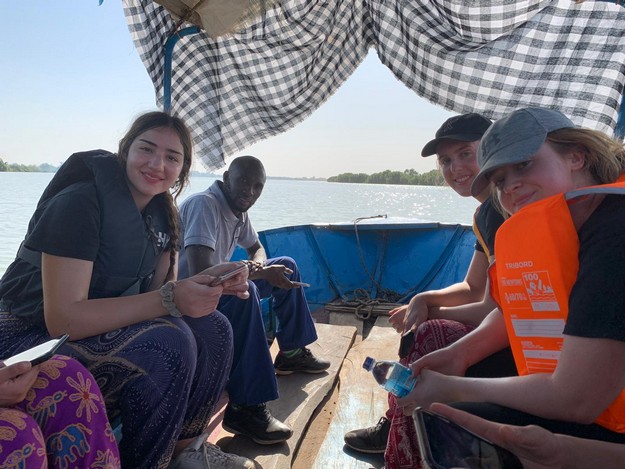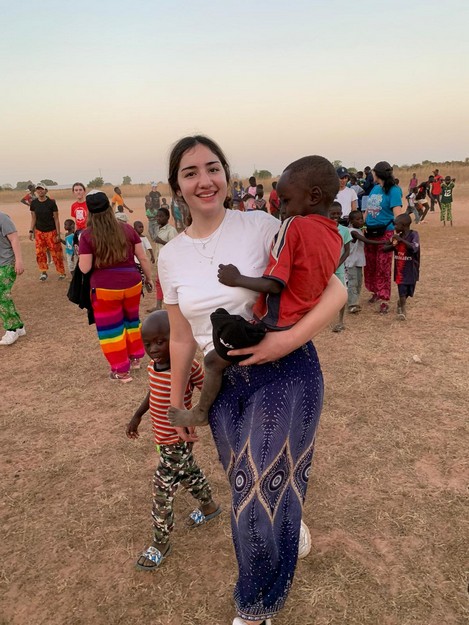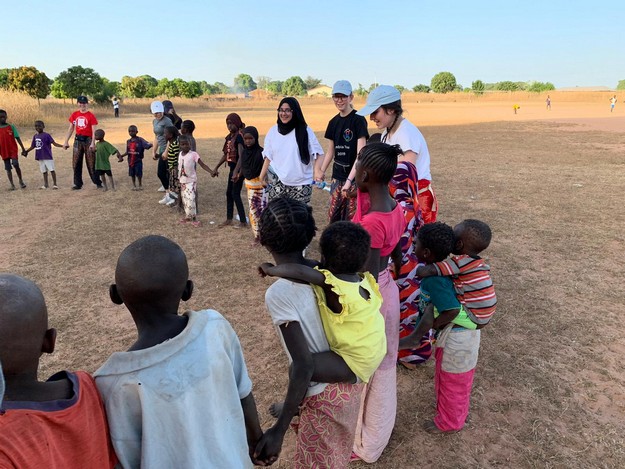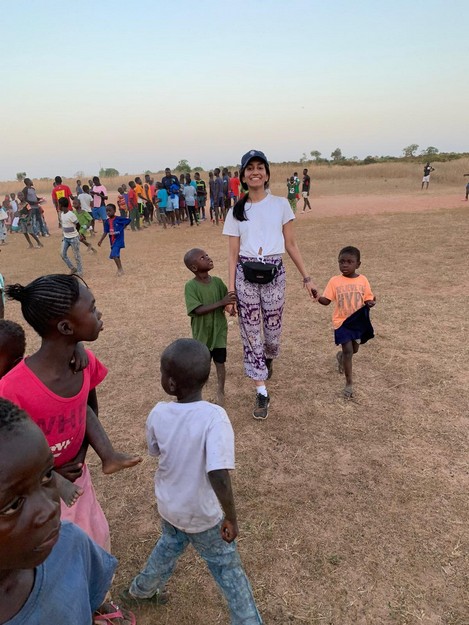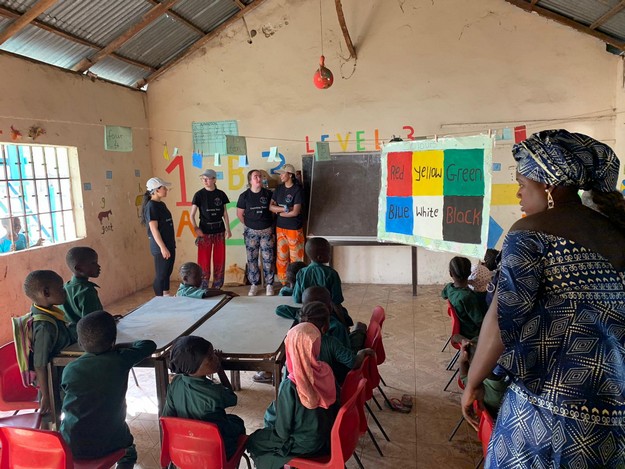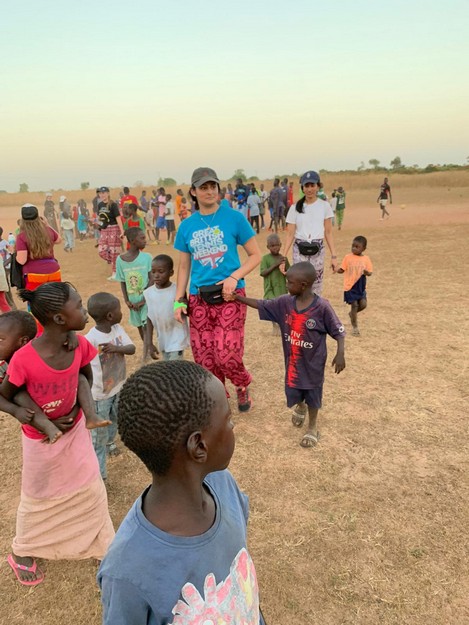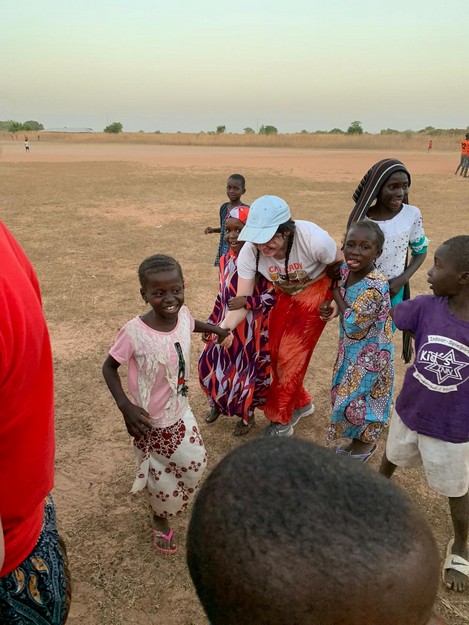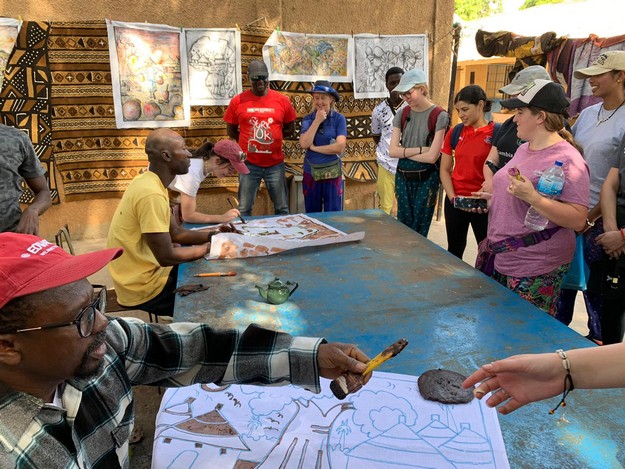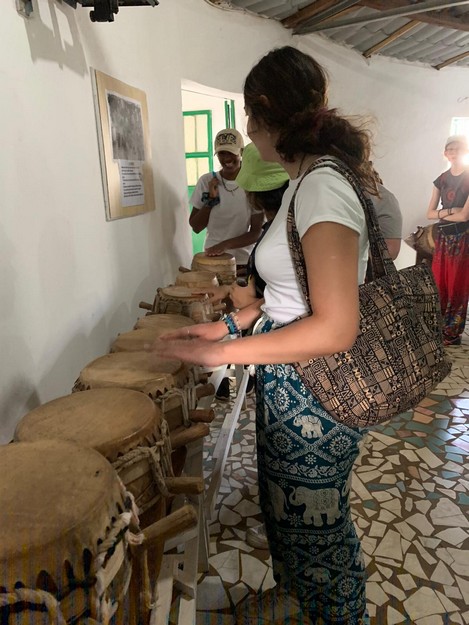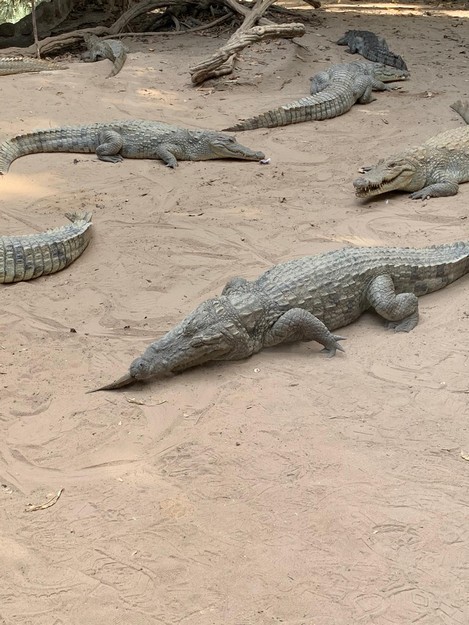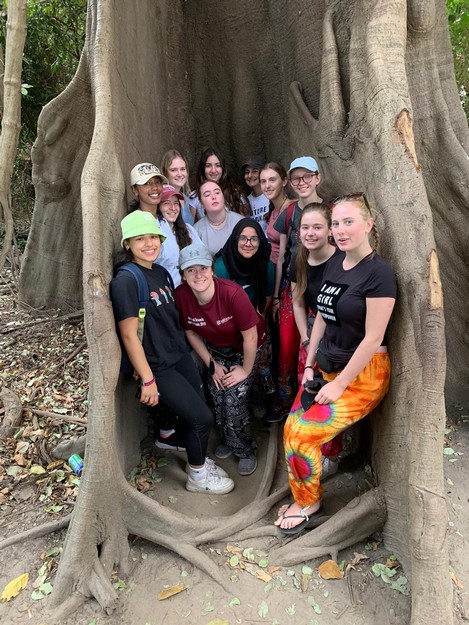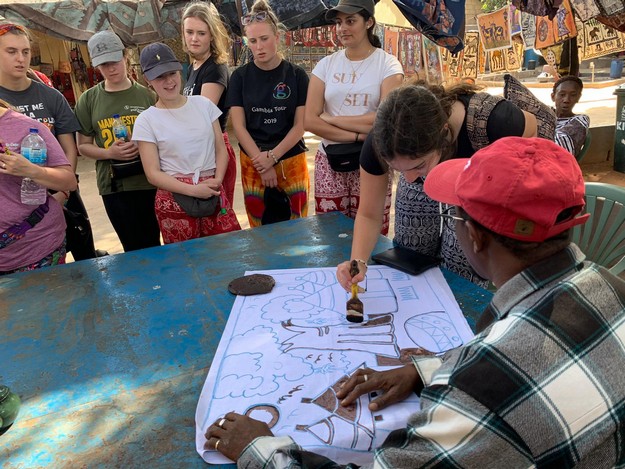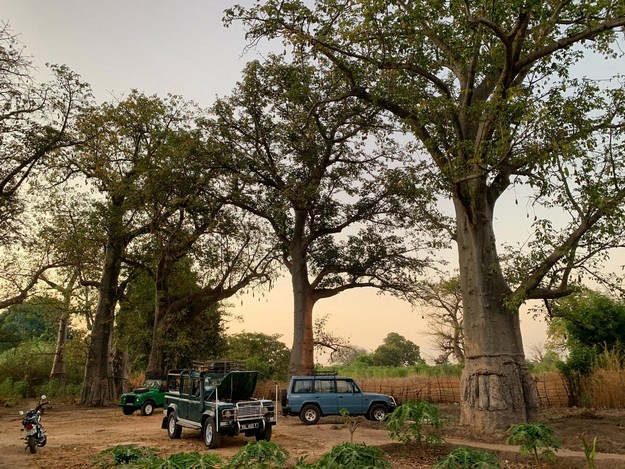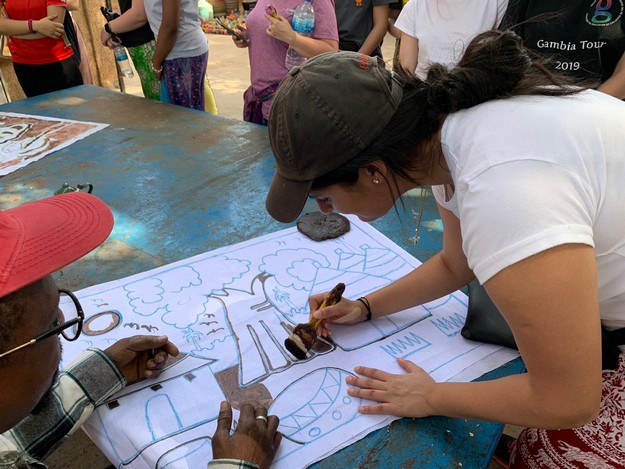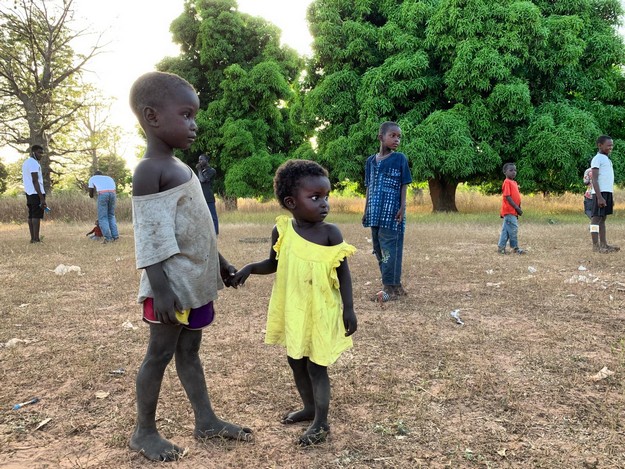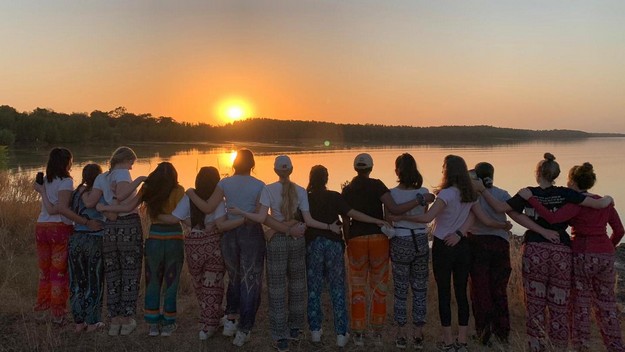Withington in the Gambia 2019
In December 2019, 14 Lower Sixth Formers visited The Gambia, the fifteenth such Withington visit to the village of Illiassa and to other parts of The Gambia. The trip was led by Miss Kaeren Browning, accompanied by Miss Bruce and Mrs Toubanks.
Miss Browning explained the focus for this year’s expedition: “The focus this year was the completion of the multi-purpose hall project, adding toilet and washing facilities. We also added a separate building for staff quarters, also including bathroom facilities. As well as being a great facility for the Nursery School, the hall, which is a year old now, is regularly used by Tamba Jammeh the Headmaster of Mama Tamba to conduct agricultural training sessions with local community farmers. There is an emphasis on a youth empowerment programme focusing on the production of aloe vera, moringa and honey from which they are taught to manufacture products of soap, body cream and honey thus providing them with a secure income. This year, for the first time, we were able to use the hall as a dormitory overnight accommodation in the village, making travel logistics much easier and putting us right on the spot to get going with our activities of painting a mural on the outside of the hall and teaching and playing games with the nursery children and other young people in the community.
We also built a ‘bantaba’ (a Gambian bantaba is a traditional meeting place with open sides and a roof) between the hall and staff quarters providing an outside shaded space. We had a celebratory meal here in honour of the new hall and facilities. For next year we will be fundraising to tile and furnish the bantaba, build a perimeter fence and provide kitchen equipment. We also want to purchase a projector and screen for use in the hall.
We travelled further east to Baboon Island, 270km from the coast which is a registered national park run by wardens and protected from development. This unique conservation project began in 1979, and today is home to over 100 chimpanzees. We stayed at a lodge here and, on a boat trip, our guide showed us the chimpanzee colony which was amazing – they were very noisy! We were thrilled to also see a hippo with her calf.
We also visited the ancient Wassu Stone Circles, which are located in the Central River Region and are believed to be burial mounds of Kings and chiefs in ancient times. The circles have been dated to between 750-1000 AD and, because of this, local legend has it that there is a curse on anyone who disturbs those laid to rest there.
We really enjoyed our 2019 Gambia tour and, as always, our girls were fantastic company and a credit to themselves and to the School.”
Video by Savannah A. Music is ‘The Nights’ by Avicii.
Here follows our Gambia blog, in the girls’ own words:
Day 1 – Tuesday 17th December – Hannah and Noor
Our day started off with an early start to arrive at Mama Tamba with plenty of time to meet everybody and paint the multi-purpose hall. Most of us were very tired, but the open-top jeep ride created a sense of excitement and adventure and we all began to wake up and feel ready for the day ahead. After a short ferry ride across the river, we started to take in the beautiful scenery and amazing wildlife during the journey.
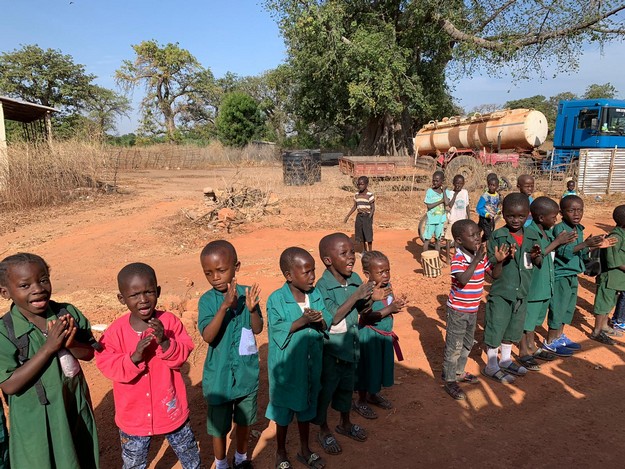
After three hours in the jeep, we finally arrived at the nursery, greeted by many of the young children chanting welcome and clapping. This seemed the perfect way to lift our spirits as we all feeling tired after the long ride there.
Tamba then showed us the multi-purpose hall, which had been built from funds raised by the 2017 and 2018 Withington in the Gambia teams. We would be both sleeping in and painting the outside of the hall and, after we had dropped off our bags, we got to work straight away.
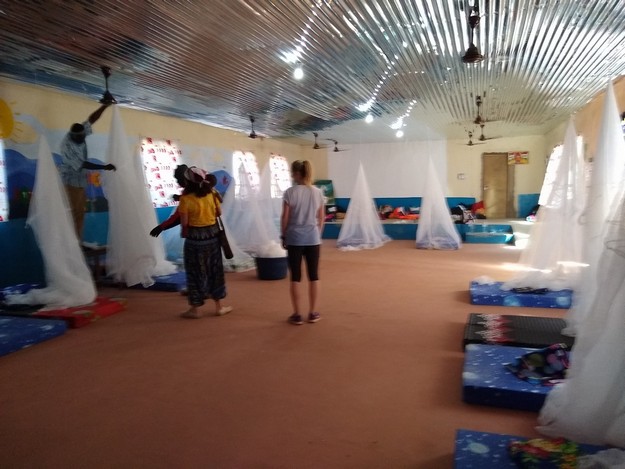
We split off into our assigned groups and started to paint the walls. Although it was in the heat of the day and many of us had to take a lot of breaks, the final result made us all feel proud of what we had accomplished. As the purpose of the hall is to teach local people about agriculture and the environment, the hall was painted with crops, baobab trees and birds.

After spending some time playing with the children, we walked to the football pitch for the long-awaited match. We watched some really skillful football and were really pleased to be able give some of the players some of the football-related donations we had brought with us. It was really nice to see some friendly competition among the local community and to also see how sport is a way of bringing people together.
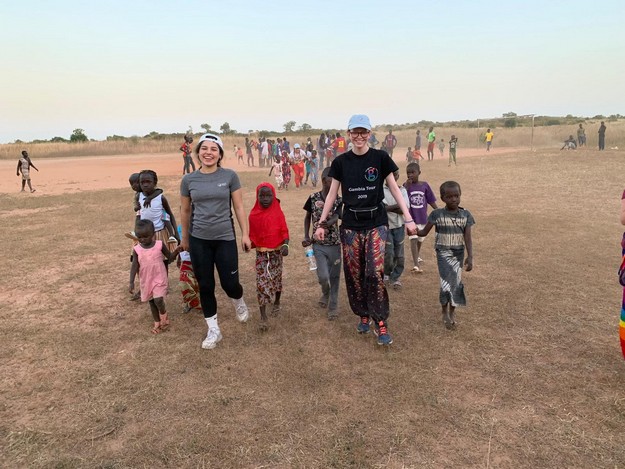
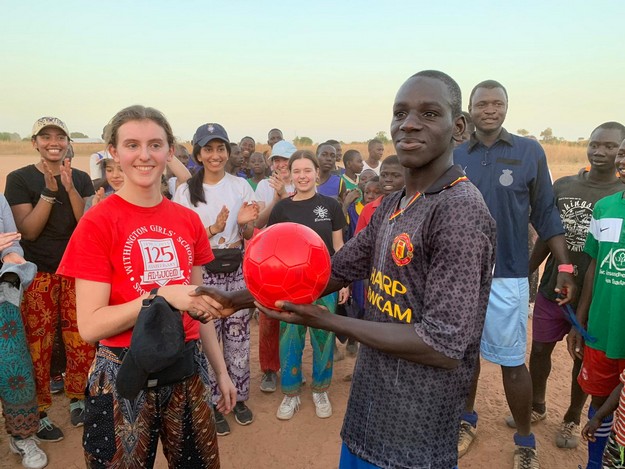
We then headed back to the nursery where we said some difficult goodbyes to the children. We were treated with a delicious dinner with the company of the village chiefs, teachers and imam. Many people gave speeches expressing what a difference the now 15-year friendship and association with Withington had made to this small community in The Gambia. It was incredible to hear the effect on the community that the work and fundraising of the various Withington groups had over the years. After the speeches we headed back to the hall and went to sleep, ready for teaching the next day.
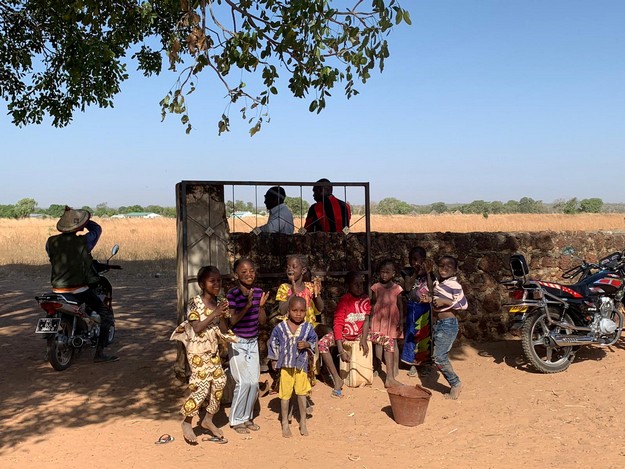 ]
] 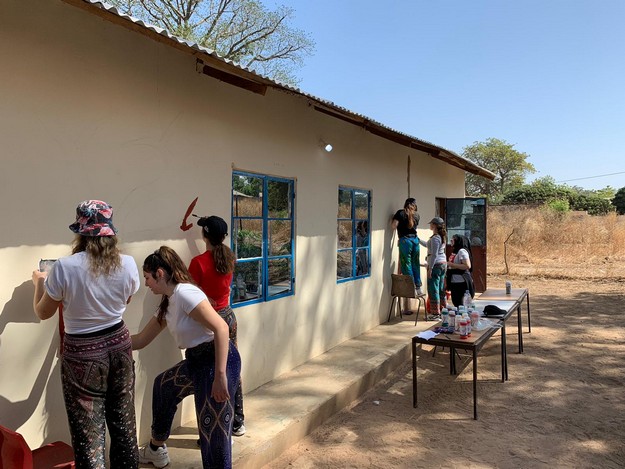
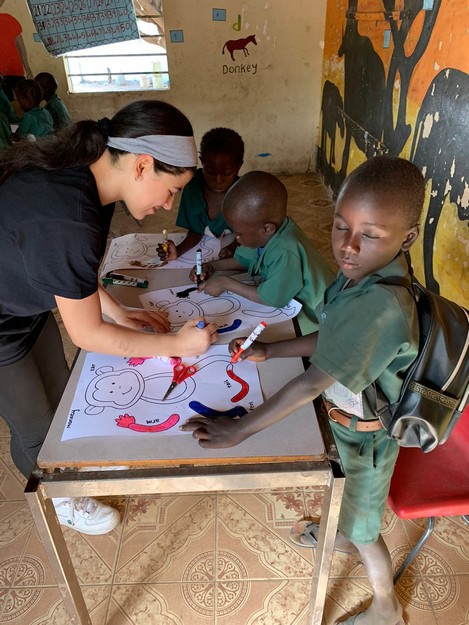
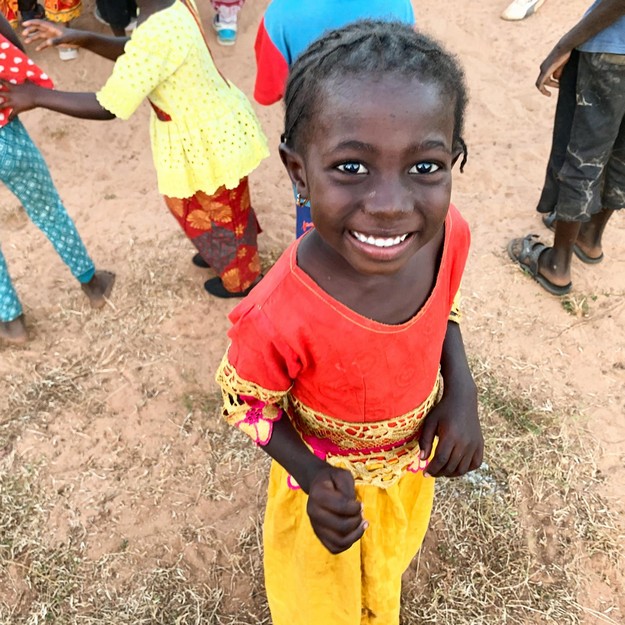
Day 2 – Wednesday 18th December (Sanaya and Savannah)
After a pre-breakfast at the hall, consisting of bread, apricot jam and lemongrass-infused tea, we walked to the nearby maternity health centre. Here we were given a tour of the centre and were able to provide some supplies including eyeglasses, syringes and nappies.
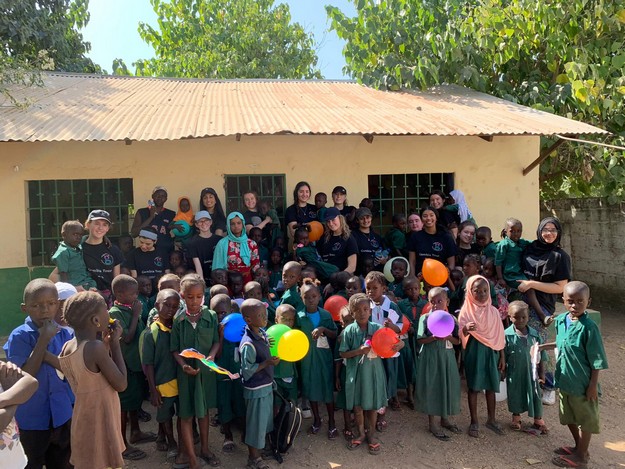
Then we walked back to the multi-purpose centre and collected our supplies for our lessons with the children. At the nursery school, we split up into three groups to teach the children ranging from ages 3-6 years old and had an hour arts and crafts session with them. The activities ranged from making paper snakes, sponge painting and making maracas. We hosted a short football game for some of the local village children and then it was time to say goodbye which was especially hard for those of us who had become attached to some of the children.
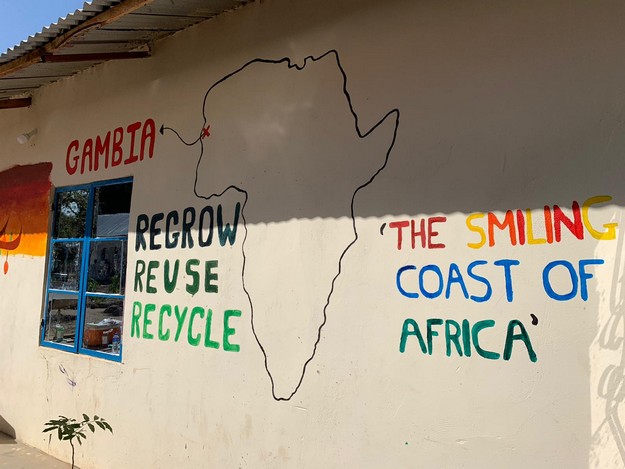
We then took a jeep journey to Kairoh Garden camp where we found our rooms then set off on a boat journey down the river to baboon island where we saw a few chimpanzees in their natural habitat. We also saw some hippos up close and every member of the team was fascinated by these animals (although some weren’t as keen on being that close). The most entertaining part of the boat journey was most definitely Bronte’s impression of the screeching chimps as they were fighting. The fact that the chimp noises sounded so much like humans led to some very deep conversations.
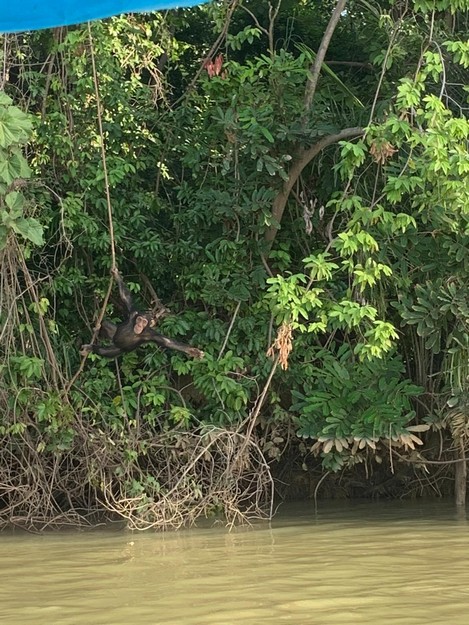
After our boat ride, we ate dinner at the camp followed by some entertainment from drummers and of course our driver, Nikki, who was dancing with maximum enthusiasm and energy, even pulling up some of the teachers and the girls to dance with him. It was a lovely end to a busy day.
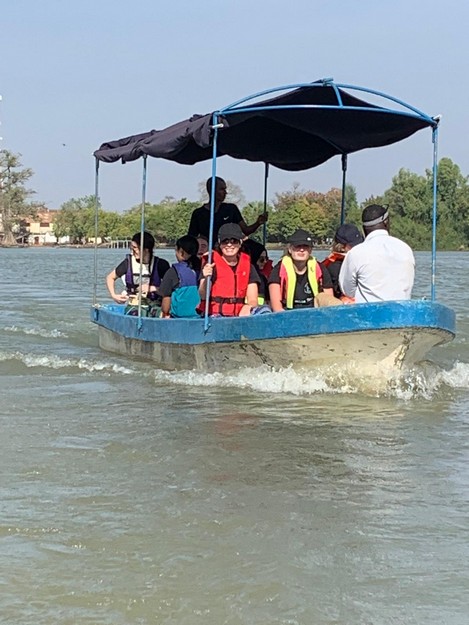
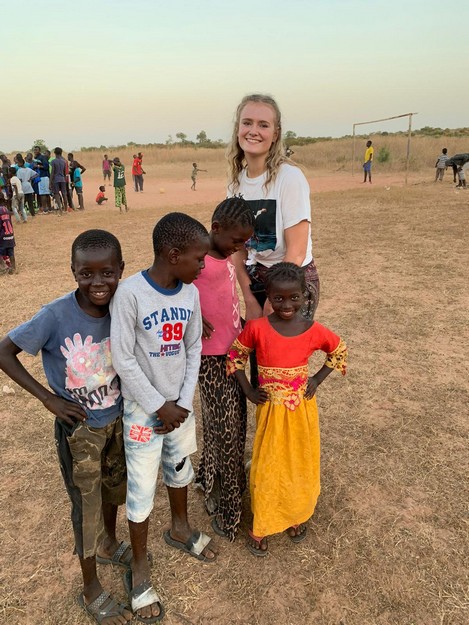
Day 3 – Thursday 19th December – Farah and Cat
We started our day on a happy note as given our previous early mornings, today we were allowed to lie in until … 8:15am!!
We were delighted with our breakfast which was egg and bread with an array of organic spreads. After this filling breakfast we packed our bags and said goodbye to the hotel and set off on our way to see the sacred stone circle. On the jeep journey we travelled through many villages passing by many individuals who portrayed their lifestyles. It was interesting and humbling to see how they wash their clothes in the same river we were so easily getting a ferry across and how they went about their daily life. Although each individual led a completely different life they were all similar in regards to being kind and friendly and ensuring they waved at us every time we passed making our jeep journey so much more fun.
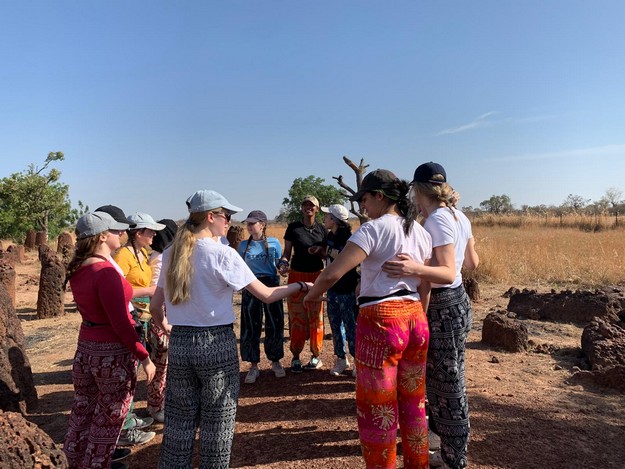
We then went to a stone circle which is a certified world heritage site. We were greeted by some music played by a local person selling necklaces and bracelets. Our guide began to talk about the royals who once lived in the area when another local man interrupted. He proceeded to explain passionately about how this site was extremely spiritual. He was focused on the power of seven and ten but, upon finding out there were 17 of us, that number became the most powerful.
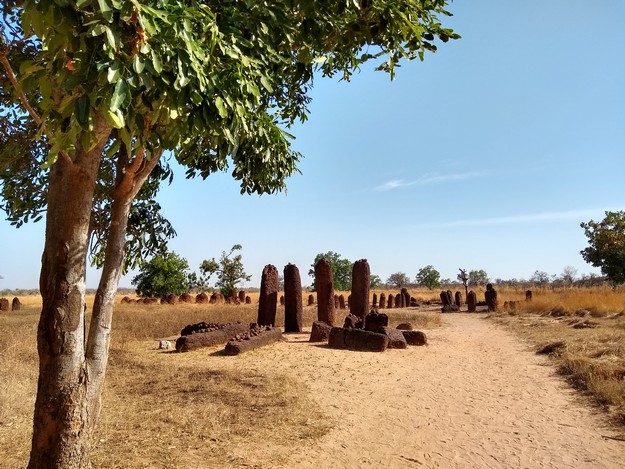
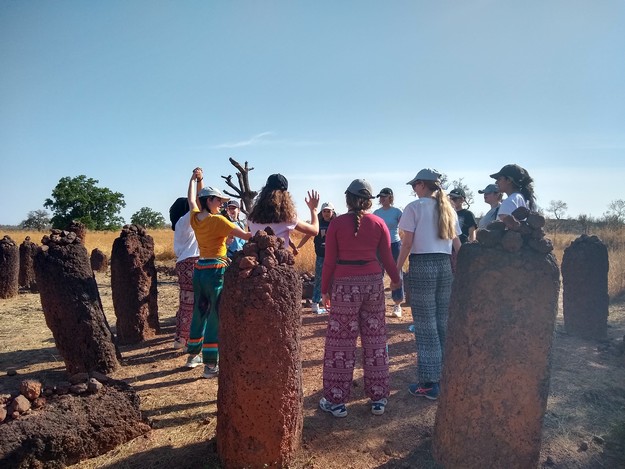
We struggled to keep up with his interpretation but we stood in a circle in the centre of the stones in an attempt to harness our ‘special’ energy. Our original guide then led us into the small museum and explained how the stone circle was actually a cemetery for royals and the small pebbles placed on top as a form of protection against wildlife (though we believed it was a sign of respect for the deceased). The most interesting part of this site was the ambiguity surrounding it. Whether it was the Gambia’s Stone Henge or a burial ground seemed unimportant as both guides were so invested in their theories that we wanted both to be true. As we were leaving, a group of children were playing water butts as drums and clapping along. Their sense of joy was captivating and we couldn’t help but clap along.
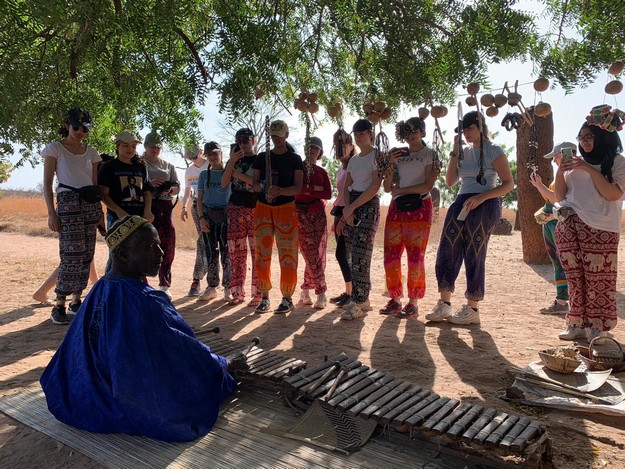
We returned to the hotel after speaking to the local people at the river crossing, encountering some interesting characters. Before dinner, after dipping our feet in the pool, we watched the sun set and create beautiful colours as we snapped away and we danced to Taylor Swift. We then had dinner together and taught Nikki and Smiler some Mancunian slang and named them Ian and Danny respectively, after they gave us all a Gambian name, and we ended the night dancing and creating some iconic videos before we all headed back to our rooms. Needless to say, we slept very well that night.
Day 4 – Friday 20th December – Erin and Cody
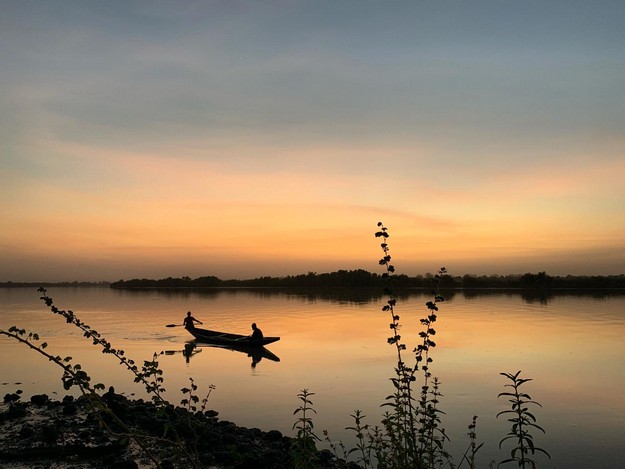
We left Tendaba in the early hours of the morning- slightly earlier than most of us would have liked! Whilst on our jeep journey back to the Senegambia hotel we passed through many villages on our way. We noticed that a certain village in the lower river district had green flags which, when having asked our guide, we found were a symbol of support for the previous President of Gambia who has since been overthrown. After a few hours on the jeep we arrived at the hotel, with many of us looking forward to jumping in the pool. After a nice lunch we took part in a game of water polo which we enjoyed and seemed to providr entertainment for those around the pool. Later in the day, we headed for the craft market which provided a good opportunity to show off our bargaining skills with us trying to barter for the best price. Many of us were keen to get our hands on the colourful displays of fire pants, various items of jewellery and for some of us a Gambian football shirt. To end the day, we enjoyed a meal on the popular strip of restaurants followed by some of us watching a hip hop dance show back at the hotel.
Day 5 – Saturday 21st December – Bronte and Luisa
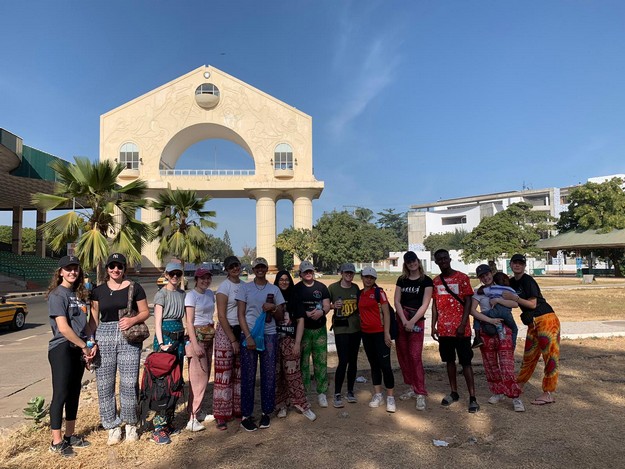
On Saturday we met up once again with AliG and Nikki (our jeep drivers) and met Smiler’s four-year-old son, Mohammad, who was very cute, and Lamin’s eldest son. We then took the jeeps to the Arch, built as a symbol of the previous president’s power. We climbed the spiral staircase up the arch and looked out across the view. We were interested to see the city was built of all low-rise buildings and, in contrast to Manchester, there was lots of greenery. When we looked out towards the port, we saw cranes in the distance on the coast which is evidence of change and development of the port. After seeing the Arch, we then walked down Marine Drive which goes from the Arch down to the presidential palace. There are a lot of important government buildings, for example, the Ministry of Fishing and Agriculture, the Ministry of Defence, the Main hospital, the Law Courts, the Centre for Social Services, the Gambian National Museum and a Catholic Church which particularly stood out to us. We then visited the batik factory and we saw how to make tye-dye and batik paintings. It was very interesting and some of us bought some souvenirs.
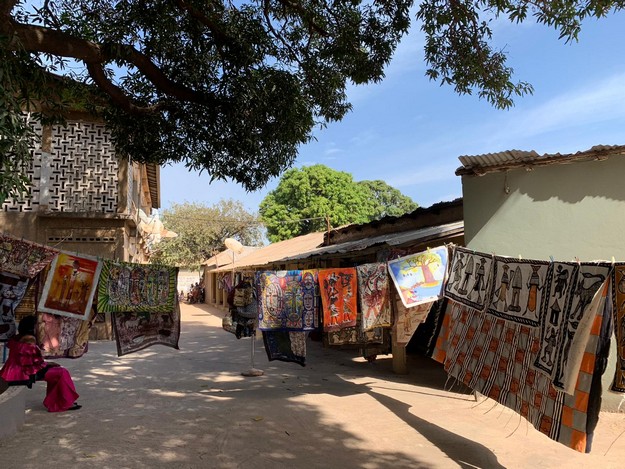
Day 6 – Sunday – Sarah and Lizzy
The morning started with our usual prompt start, and a delicious breakfast set us up for the exciting day ahead.
After the usual jeep journey, we started by looking around the Kachikally Crocodile Museum. We also saw various traditional musical instruments like: the fiddle, balafon and numerous African drums which we couldn’t help but play.
The final part of the Museum explored the Second World War and were amazed to learn that many of the soldiers who fought for Britain in Burma were from West Africa. We also explored the struggles faced by African soldiers in this service for example the Japanese would kill black soldiers whilst imprisoning white ones.
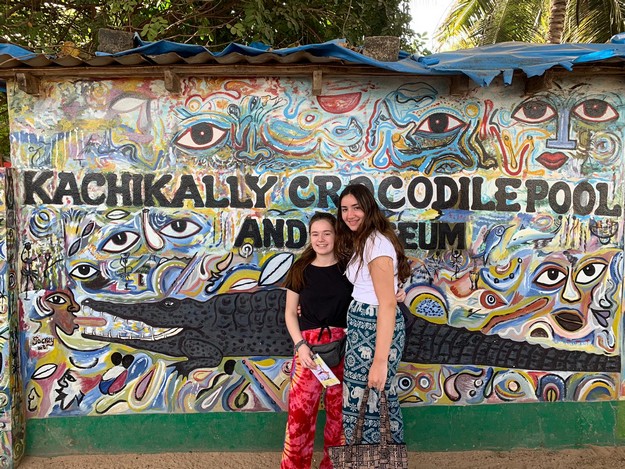
After this, excitement filled the air as we went to see the crocodiles. We mastered our fears as we stroked upon the hide of a crocodile. Whilst being a great tourist attraction we came to learn that Kachikally is a traditional and holy place for the Gambians as infertile women who come to bathe in the crocodile water believe this will increase their chance of conception. After conception, some parents are so grateful to this land that they name their children Kachikally.
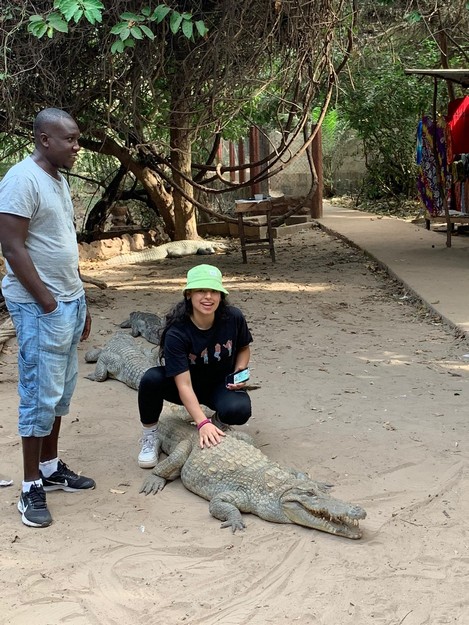
Later, we travelled to Smiler’s compound through the jam-packed traffic of the afternoon. After a hot and bumpy ride, we were greeted at Smiler’s home with delicious fresh watermelon which was a welcome refreshment by all. Here, Smiler explained his project to us and the progression and struggle of the journey he had been on. Originally, Smiler told us how he had started a computer centre for the local people to use, however he hit an unexpected problem with the advancement in mobile technology which reduced the demand for computers. Undeterred, Smiler went on to follow in his brother’s footsteps by setting up a nursery of his own for children aged 2-5 years old. His aim is to enhance the development and advancement of children in the villages of Kombo Kerewan and surrounding areas in order to achieve his dream of a ‘better tomorrow’. The pupils are given a basic education and computer skills in order to give them the best possible start and Smiler was proud to inform us that his nursery was the most affordable in the local area at only 250 Delassi for three months of education. Not only does this project benefit individual children and mould the future generation of leaders, we realised how it affects the parents of the young pupils. Whilst children would otherwise be left to wander the streets while their parents worked, they can now enjoy a fun and secure environment at the nursery. This is hugely helpful for the parents, who can be confident that their children are safe and being looked after.
We then walked to Lamin’s compound, and we were all delighted to be accompanied by some of the local children. Their excitement and happiness at talking to and playing with us really impressed upon us the importance of Smiler’s work.
Lamin’s compound was buzzing with activity when we arrived, and even our group of 18 felt small among the many relatives that were staying there. Together we enjoyed a delicious meal, and we really felt submerged in the collectivist culture of the Gambian people, which is largely centred around community and support from extended family and friends. In a perfect end to the evening, Smiler gave an emotional and heart-warming speech about his gratitude for our contributions and company and it is safe to say there was not a dry eye in the room. We all felt extremely lucky to have met such amazing people and to have been welcomed so openly into their lives, and many of us now plan to return in the future.
Reflection – Lakshmi and Eleanor
Overall, our trip was an eye-opening experience that left us in awe of the hard work and dedication evident in the numerous projects run by Tamba, Smiler and Lamin. The Gambian culture is vastly different from English culture; there is a much greater focus on family and community allowing us to feel like this was our second home. Most Gambian households live with their extended families in a compound creating a lively atmosphere all the time and this helps to strengthen family bonds and enables a stable environment for kids to develop and grow.
Although at times this trip has stretched all of us out of our comfort zones it allowed us to see another way of life and has changed our outlook on the countless things we took for granted before. The people here don’t have the latest iPhone or have the biggest flatscreen tv but the most important thing which they do have is happiness and joy with the small things in life. We have all found this experience both moving and enjoyable, and that is a testament to those who welcomed us into their country and home.
Being able to help out at Mama Tamba Nursery was so rewarding and the memories we made with the kids there will last a lifetime. Seeing where the fundraising of 15 years of Gambia teams from WGS has gone is incredible – the community are so grateful for the support they have received. Also learning about the history and culture here through our visits to landmarks like the Arch 22, the Stone Circles, and the Kachikalli Museum has been very interesting.
We would like to mention a few people who have made this trip an unforgettable experience: Tamba, Smiler, Nikki, Alagie, Lamin, Mariamma, without their support and heartfelt welcome this trip wouldn’t have been the same.
A special thank you to Miss Bruce, Miss O’Neal, Mrs Toubanks and, of course, Miss Browning.
More photos
